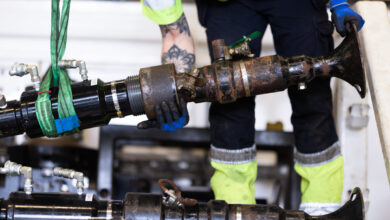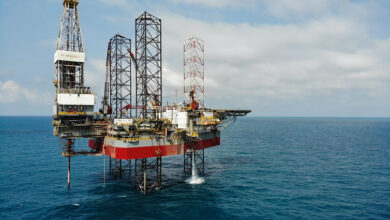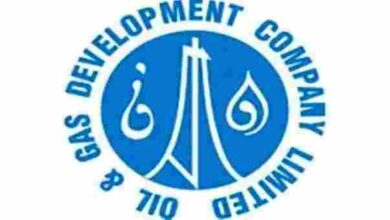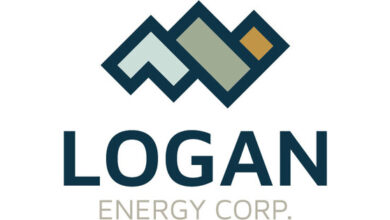Rig uptime gets boost from condition-based monitoring, maintenance
By Joanne Liou, editorial coordinator
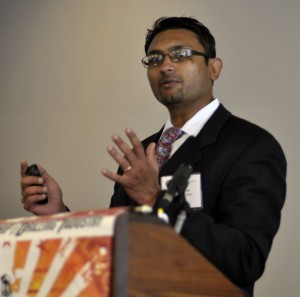
Although the drilling industry has been around longer than many other major industries today, a number of experts within the industry point out that it is lagging in some technological advances. In condition monitoring, condition-based maintenance and predictive maintenance, the drilling industry has room to step up its data collection and management to not only increase reliability but also increase rig uptime.
Ashe Menon, director of equipment optimization at National Oilwell Varco, looked to the automotive, aerospace and other industries as examples of places where effective condition-based monitoring and predictive maintenance are practiced. At the IADC Advanced Rig Technology Conference & Exhibition on 20 September in Houston, Mr Menon conceded that it would be easy to place a sensor on every other piece of equipment; however, selective use of sensors are needed to get the most effective data efficiently analyzed. “Before we stick a sensor on it, let’s make sure we need to stick a sensor on it,” Mr Menon said. “Look at the asset, break it down to what really causes the problem.”
Out of the automotive, airlines, production and aerospace industries, markets in which condition monitoring and predictive maintenance are routine in practice, Mr Menon found the drilling industry could most relate to the aerospace industry and, more specifically, NASA. “What they do is they take a lot of analysis of data, and that’s what they’re using to say, ‘when I send that space shuttle up there, I know it’s going to work – not because I sent it 20 times and think it’s going to stay up there.’ They send it up, and it stays,” Mr Menon said. “That’s the model we’re looking at.”
A condition monitoring system begins with intelligent data acquisition and analysis, Mr Menon said, in which case it’s important to make sure the sensors are able to survive. “We’re 20 years behind, so why can’t I just buy something and stick it on there, and it should be able to tell me what I need?” Mr Menon questioned. “Vibration sensors kept coming up because everyone’s been doing it, but we just can’t stick sensors on a top drive. So we went back to the data.”
To approach an overwhelming amount of data, Mr Menon narrowed 10 years’ worth of data to three years of quality data. Initially, the “other” category was listed as the largest causes of downtime; however, Mr Menon said that’s the problem – “you can’t fix a problem if you don’t really know what causes the problem.” The way in which data was collected and organized changed and data was also obtained from contractors to understand how top drives were being operated and maintained, he explained.
In a matter of days and through the use of computer software, correlation analysis found combinations of operational and maintenance conditions that led to failures. Mr Menon said the data analysis is still a work in progress.
He described the challenges and process to create a monitoring system in the case of a top drive. While it might be possible to establish a baseline sound for top drives contingent upon different locations, challenges still exist in false alarms from downhole data and environmental inconsistencies. Mr Menon shared results from a recent trial of hex pump condition monitoring, in which sensor monitors were able to detect problems on the power and fluid ends ahead of time. In some tests, Mr Menon said sensors were able to detect power end problems months ahead of time and fluid end problems up to 16 hours ahead of time.
In condition monitoring, there is not an end point, and it will always get better, Mr Menon declared. “We got to get better at predictability,” he said.
“We can never say that we’ll eliminate breakdowns on the equipment, because it’s the drilling industry and we’re going to run it … as hard as we can,” Mr Menon said, “but the thing is, we want to be able to tell you, ‘hey, this is how long you have so you can plan accordingly to either prevent it or have the parts and people ready so you can reduce the impact when it goes down.”

